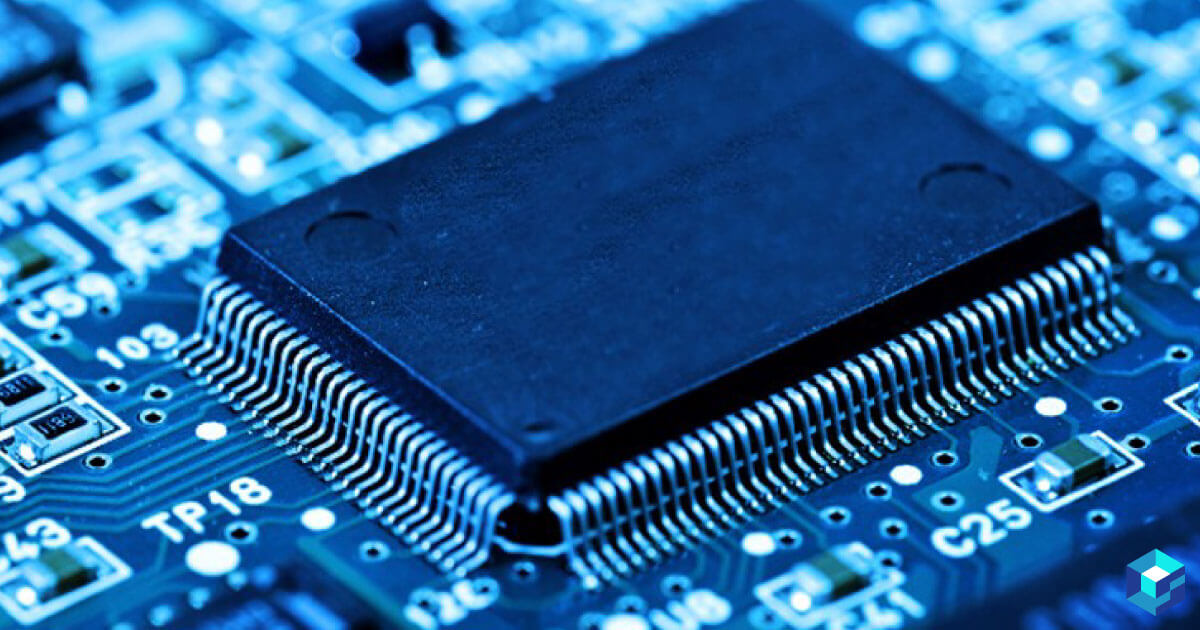The glorious, sci-fi inspired world of tomorrow didn’t deliver on all promises. No lightning fast flying cars exist, and the ability to teleport people is still way off – at least for now.
However, one futuristic technology that was hard to imagine less than a generation ago has definitely arrived, and its future is even more promising: wireless charging.
While it might not have the wow factor of flying automobiles, if you think about it, wireless charging went from “tomorrow’s technology” to present-day powerhouse in less time than expected.
Let’s take a look at the basics behind wireless technology, some recent trends in wireless technology and associated electronic parts, and immediate and long-term growth prospects, along with how this rapidly emerging technology will continue to impact electronic components procurement.
Wireless Technology 101
So, how exactly does wireless charging technology work? Let’s take one of the most common consumer products – a smartphone – to illustrate the basics of wireless charging. The process is enabled through energy transfer (just like regular wired charging), but the key is a process known as electromagnetic induction.
The wireless charger utilizes an induction coil, which generates a magnetic field. This magnetic field transfers energy (without wires) between the induction coil and another coil in the smartphone. The phone takes this transferred electricity (power) through the electromagnetic field, converts the power to electric current, and uses it to charge up.
In the wireless charging process, think of the electromagnetic field as the wires, and the induction coil as the wall charging unit. In both wired and wireless charging, a transfer of energy occurs. The devices, electronic components, and technology used to create this energy transfer are drastically different between the two types of charging. For wireless smartphone charging, a specialized technology called the Qi wireless charging standard establishes operating protocols.
When the technology first emerged in the early 2010s, the sheer distance between charging device and the target accessory was a major performance factor. This distance impacted wireless charging speed, efficiency, and reliability. But thanks to an advanced process called resonant inductive coupling, the acceptable distance between devices is expanding every day.
Consumer Trends and Tidbits: Wireless Charging Developments, Benefits of Wireless Charging and More
What should electronic parts consumers and customers expect in the near future with wireless charging technology? Some companies like Ossia aren’t stopping at small electronic devices; their goal is to completely replace wired charging altogether. Bluetooth-inspired technology and Wi-Fi radio frequency networking systems will enable Ossia to wirelessly charge industrial and business equipment, accessories, and other devices. The capability is limited for now – wireless charging distance is about 3 feet, per U.S. Federal Communications Commission (FCC) guidelines – but the technology should pave the way for exciting developments in the next few years.
For consumers reluctant to shed those wires for charging, consider just one big advantage: device integrity and durability. Traditional wired charging requires wall sockets, connectors, and other literal openings for dust, dirt, water, and other foreign particles. Wireless charging allows enhanced protection, thanks to completely closed and secure device design components.
And if you think wireless charging is a fad or a fleeting technology, think again: Wireless charging’s primary predecessor, traditional inductive charging, has been around since the late 20th century. Personal hygiene products (hand-held hair trimmers, electric toothbrushes, etc.) used inductive charging, and now leverage today’s advanced systems. Wireless charging is far from a fad – it’s here to stay.
Wireless-Charging Component Parts Procurement Issues? Try SinLinElec™Today
According to IHS, more than 6 billion wireless power receivers are predicted to enter production in the next five years. If your company is looking for a better way to procure electronic components and other accessories for wireless charging development, SinLinElec can help.
Much like wireless charging technology itself, our e-commerce marketplace is a true disruptor in the e-procurement realm. Our streamlined electronic parts ordering interface is specifically designed to help your sourcing professionals leverage the latest technology to save time and money – and, ultimately, boost your bottom line.
Thanks to the Internet of Things (IoT) and other wireless-dependent accessories, the demand for wireless charging isn’t slowing down. Is your company prepared to meet customer and consumer demand? Sign up with our sourcing-friendly service or schedule a demo with SinLinElec’s e-procurement platform today. From traditional electronic parts procurement to advanced wireless charging devices, our e-commerce marketplace helps you connect worldwide.


